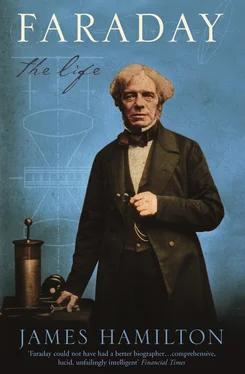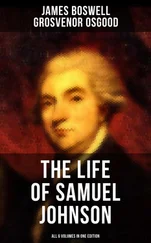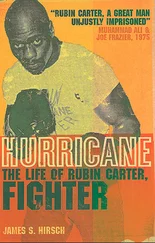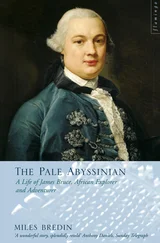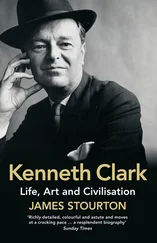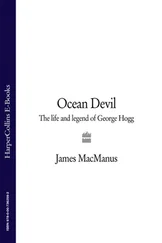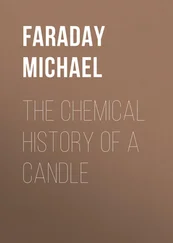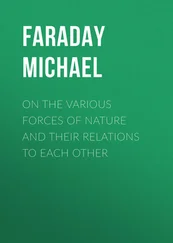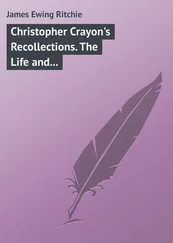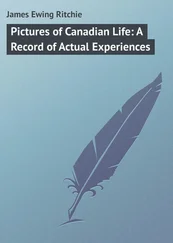Overwhelmed as he was by the religious spectacle, Faraday’s interest was taken more by the antiquities than by the buildings which he had described earlier as ‘modern work’. 6There is genuine amazement in his voice at the size, extent and magnificence of ancient Rome. Though he may have had ample opportunity in Riebau’s shop to read pre-war histories, such as Gibbon’s Decline and Fall of the Roman Empire, the perspective of Faraday’s generation as it reached adulthood was one of rebuilding, reconstruction, analysis and discovery. Michael Faraday was one of the first Englishmen to enter Rome after Napoleon’s abdication, and he saw the city with the eyes of a young subject of a newly triumphant nation. Travelling through France, he had been a licensed visitor to an enemy country; in Italy he was a welcomed and admired representative of a liberating power. This gave him an altered perspective, and as a young man of modest manner and enquiring outlook, he handled the change in viewpoint with courtesy and tact. There was also a new moral ingredient: Faraday’s generation looked at the ruins of ancient Rome in the light of their experience of the new Europe, which had itself suffered ruin during thirty years of war.
Faraday tended to set off on his sightseeing walks at about eight or nine o’clock in the morning, and to stay out until four in the afternoon. On one morning he started by climbing the Antonine Column ‘to trace out from it the route I wished to go’. 7He walked to the Piazza di Pietra, to the Church of the Gesù, and up the hill to the Capitol, where he saw the bronze equestrian statue of Marcus Aurelius: ‘the air and energy of the horse is wonderful: it is considered as the most perfect work of its kind’. 8Then he slowly picked his way across the Forum, and walked on to the Colosseum, to the Campo Vaccino and the Palace of the Caesars to San Giovanni in Laterano, ‘a magnificent piece of architecture, and within abounds in riches paintings and statues’. He was now near the easternmost part of the city walls, approaching Porta Maggiore, ‘formerly part of the aqueduct of Tiberius Claudius, but being the part under which passed the public road it was formed in a more magnificent and imposing manner than the other arches’. Turning for home, Faraday noted the ruins of the Temple of Minerva Medica, and walked up Via Merulana to Santa Maria Maggiore. He was ‘astonished’ by the baths of Trajan, 9some of the finest of the baths which
inclosed temples, perystiles, games, the schools of philosophers, libraries, theatres, alleys, arbours &c, indeed everything that the arts could contribute to their magnificence, their convenience or their luxury … There were at Rome twelve public baths or therma, and 860 were counted which were private. In the reign of Nero their number was almost infinite.
That was about enough for one day, and ‘turning off took my road home hungry, thirsty and fatigued’. But at eight o’clock the next morning he was off again, this time in the other direction, towards the Pantheon, south to the Teatro di Marcello and, via the Arch of Janus Quadrifons and the Cloaca Maxima, to the Circus Maximus, the baths of Caracalla and the start of the Appian Way. The Journal breaks off in mid-sentence just as Faraday writes ‘I rambled along …’; 10and so he probably did for the rest of that day. These are entirely manageable expeditions for a man of his age, and it was early April, not high summer, but nevertheless the assiduity, energy and single-minded determination to get about on his ‘rambles’ reflects the importance to Faraday of seeing as much of Rome as he possibly could.
The letter to Abbott that Faraday began in Rome on 1 May he continued in Geneva nearly three months later. There he reflected on what he had seen in Italy, and with the benefit of distance wrote:
… the things [in Rome] would affect anyone, and that mind must be dull indeed that is not urged to think & think again on these astonishing remains of the Romans when they appear in sight at every corner … The two things here most striking are the Coliseum and St Peter’s, and one is not more worthy of the ancients than the other is of the moderns. The Coliseum is a mighty ruin & indeed so is Rome & so are the Romans, & it is almost impossible to conceive how the hardy warlike race which conquered the globe has degenerated into modern, effeminate, idle Italians. St Peter’s appears to have been erected on the plan of some fairy tale, for every luxury, every ornament and every embellishment & species of embellishment have been employed in its erection. Its size is mighty, it is mountainous, its architecture elegant, its materials costly. They consist of Marbles of every hue & every kind of mosaics, statues, casts, bronzes, Jewels, Gold & silver not spread [?] sparingly but shiny & glittering in every part. 11
There is a break in the record of Faraday’s weeks in Rome, because the first draft of the Journal is lost, and something must have distracted him when he was writing it up years later, for he never returned to finish it. His first biographer Bence Jones, however, who was working from the original draft, picks up the story fifteen days later on 5 May. There was not much science done in Rome by Sir Humphry and Faraday, by all accounts. After a long early-morning walk on 15 April from the Piazza di Spagna to the Colosseum, the Forum and the Campo Vaccino and back again, Faraday had breakfast and went with Sir Humphry to the Accademia dei Lincei in the Palazzo Corsini to experiment with charcoal. This was probably to continue ideas Davy had developed during the burning of the diamonds, but ‘in two experiments the globes burst and the results were lost’. 12Just before they left Rome they went together to the home of Domenico Morichini, where they repeated his experiment which aimed to show that violet light, when isolated in the spectrum, had the property of magnetising a needle. From the Journal account, Faraday was convinced by what he saw, but Davy remained sceptical.
At about two o’clock in the morning of Saturday, 7 May they left Rome for Naples, driving past the Colosseum, ‘beautiful in the extreme’ in the moonlight. 13They had set out so early to avoid robbers, and at dawn met the party of gendarmes detailed to escort them through dangerous country. The Journal record now goes silent for a week, until we find Sir Humphry, Faraday and a boy servant at the foot of Mount Vesuvius preparing to climb. They paused halfway up to enjoy ‘the extensive view of both sea and earth’, 14and continued over ‘rough and hilly’ ground broken by lava streams, impeded by layers of ash, ‘a very bad foundation for the feet, continually receding as the foot advances; nevertheless, by the aid of strong sticks and two or three restings, we attained the top by about half past two o’clock’.
There was a huge column of smoke, a foul and dangerous stink of sulphur, and flames licking out of the ground ahead of them. ‘When silence was made,’ Faraday writes, ‘the roaring of the flames came fearfully over the ear.’ Above the noise, Sir Humphry pointed out the yellowish iron chloride encrusting the lip of the crater. They scraped some away to take home, but had to run for their lives as the wind changed and brought the whole poisonous, suffocating cloud down upon them. From a place of safety Sir Humphry resumed his lecture, and explained that the steam which they could also see was water that in other circumstances would have run off down the mountainside as streams.
Their servant boy pulled some eggs from his bag, cracked them and fried them on a stone. Then he set out some bread, wine and glasses, and the travellers sat down together in this poisoned landscape to eat a hearty lunch. The ground shimmered in the heat; red, white and yellow salts danced in the wavering atmosphere around them. On this extraordinary mountain Faraday witnessed the action of a gigantic chemical retort, much as an ant, wandering across the Royal Institution laboratory bench, might observe a melting pot with Sir Humphry and his assistant in attendance.
Читать дальше
